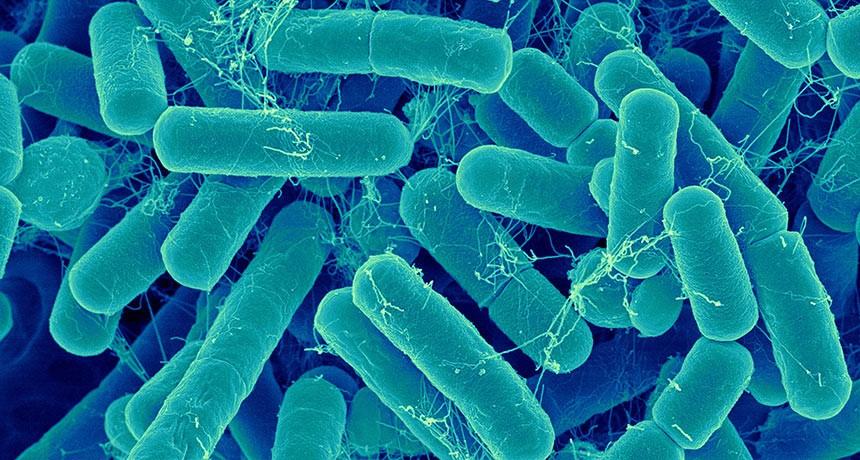Journey of a Red Blood Cell By Simi Joshi, U4 Aesc Red blood cells are cellular components of blood. There are millions of them in the human body, and their main purpose is to carry oxygen from the lungs to tissues throughout the body. They also carry carbon dioxide to the lungs to be exhaled. Red blood cells are found in your blood and travel through the circulatory system. The circulatory system is an organ system that permits blood to circulate and transport nutrients, oxygen, carbon dioxide and blood cells to and from the cells in the body. The journey begins when the red blood cell is created in the bone marrow - a soft sponge-like substance found in the centre of some bones. The cell develops for 25 days until it starts travelling to the heart via capillaries. At this stage, the cell is deoxygenated. The cell then makes its way to the heart and is pushed into the right atrium. The right atrium then contracts, pushing the blood cell into the right ventricle which contracts, pushing the red blood cell out of the heart.
The journey of a red blood cell is an extremely important process because it provides us with oxygen. After leaving the heart, the red blood cell travels through the pulmonary artery to the lungs. There, it picks up oxygen to oxygenate the blood. The oxygenated blood cell makes it way back to the heart via the pulmonary vein into the left atrium. After entering the left atrium, the red blood cell enters the left ventricle. The left ventricle then contracts, pushing the red blood cell out of the heart into the aorta. The aorta is the body’s largest artery. Travelling through the aorta, the red blood cell goes into the lower limbs, delivering oxygen and blood around the body. Red blood cells typically last for 120 days before they die - their journey ends here. Although the journey of a red blood cell may seem like a lengthy process, it only takes approximately one minute depending on the individual’s heart rate.
4





